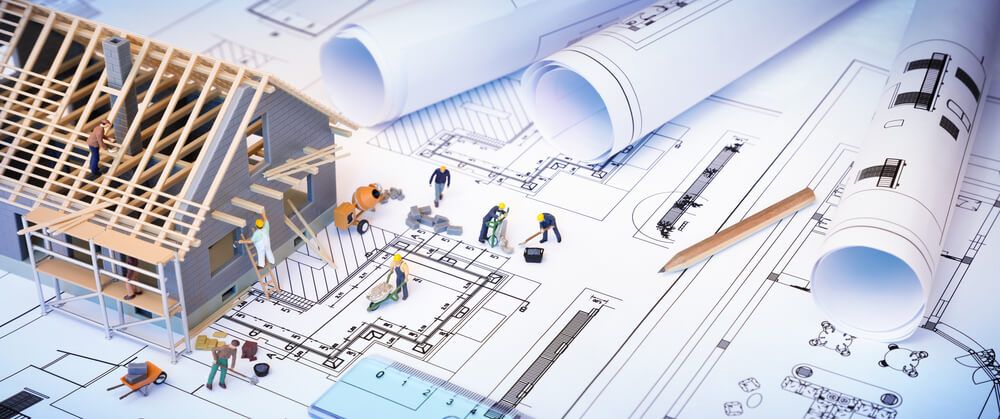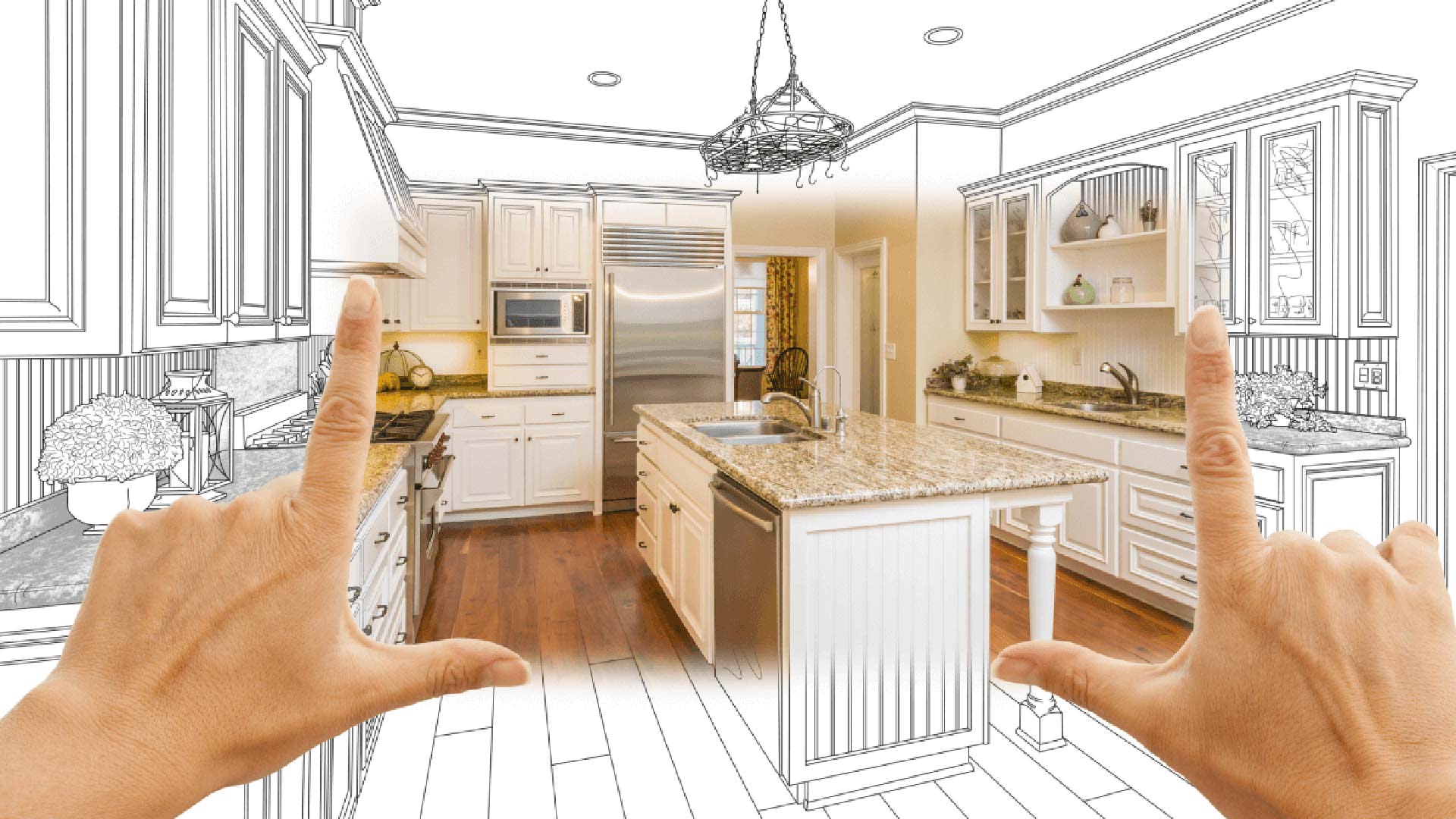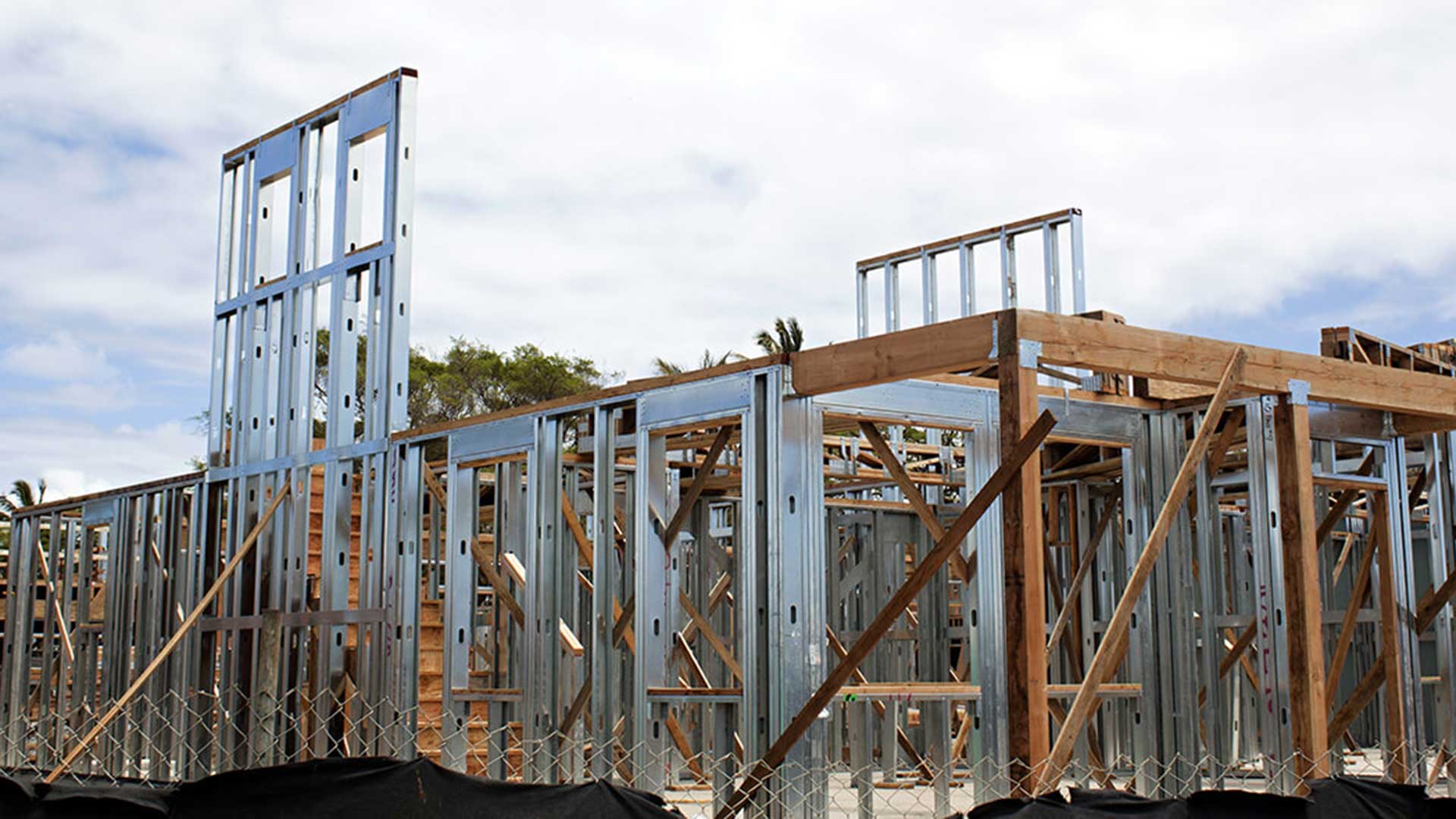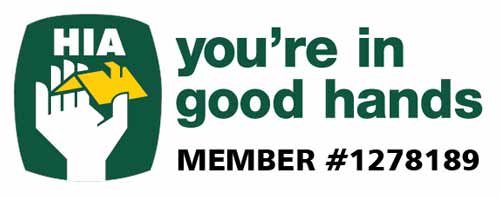Australia has always faced the devastating impact of bushfires. Now, thanks to the effects of climate change, the loss of lives and property in rural, regional and urban areas across NSW, QLD, Victoria and ACT has been significant. This has prompted reviews of already stringent codes around building in bushfire prone zones.
In May 2019, the latest Australian Standard 3959 was released, which lays out the requirements for construction and materials in bushfire prone areas. The document also helps you calculate your bushfire attack level (BAL) rating.
In total there are six Bushfire Attack Levels:
- BAL-LOW – very low risk
- BAL-12.5 – low risk
- BAL-19 – moderate risk
- BAL-29 – high risk
- BAL-40 – very high risk
- BAL-FZ – extreme risk (Flame Zone)
These ratings refer to the risk of ember attack, exposure to radiant heat, and direct flame contact. Knowing your level as classified in the AS 3959 document will not only help you prepare your home to the right standard, but also make you more aware of the bushfire danger around your home and property.
What to consider when building in a bushfire prone area
For many homeowners, the threat of bushfires and weather extremes are the price to pay for a good location. Building in bushfire prone zones is not unthinkable – in fact, it’s common practice within Australia. Building in zones rated Flame Zone (FZ) (the highest BAL rating) is possible – you just have to expect increased costs and requirements.
The best way to manage building in a bushfire prone zone is to seek the advice of a bushfire consultant and an architect or developer experienced in bushfire design.
Another good place to start is with a history check on the area, investigating past bushfires, what direction they took and their intensity. Fires that travel uphill are generally more intense.
Finally, get to know the basics of fire-safe design. These include:
- Keep your building form simple and low to minimise the risk of flying embers settling.
- Put building services such as gas lines below ground to minimise the risk of explosion.
- Install a substantial rainwater tank that isn’t made of plastic.
- Keep up house maintenance, clearing gutters and trimming shrubs.
Building in a bushfire prone area introduces a number of additional design, specification and construction parameters that cannot be ignored. These additional requirements can add extra costs to your new home. For example, timber windows and doors will need to be bushfire tested to meet the radiant heat and flame exposure requirements as determined by your BAL rating.
By complying with the construction requirements for the respective BAL classification, a new home will meet the requirements laid out in the National Construction Code (NCC). You will need to prepare detailed plans to progress your development application – something we can help you with at Kitome. Together we can think about the kind of home you want, as well as the bushfire protection measures for your home.
Development approval
Your local council will have a checklist on what documentation is needed to submit for a development application in a bushfire prone area. You will need to include your BAL from Step One. It’s also a good idea to lodge your construction certificate during this early stage.
The approval time, while streamlined in recent years, can take some time. Council may have questions that you and your builder will need to answer before approval is granted. Again, we’re here to help and keep the process smooth sailing.
Once your development has been approved and you’ve completed the construction process, you will need to maintain your home’s protection from bushfire.
Choosing bushfire rated building materials
The AS 3959 document covers every facet of construction, from design to materials. Materials are further classified according to their appropriateness for use in BAL designated areas. For example, timber allowed in areas up to BAL 29 include:
- Blackbutt
- Merbau
- Red Ironbark
- River Red Gum
- Silvertop Ash
- Spotted Gum
- Turpentine
It’s possible that one side of your property can have a higher BAL than the other. You can also reduce the BAL by clearing the land around your property. Don’t guess, however – the right building materials are important for protecting your home.
Preparing for bushfire
Bushfires are becoming more frequent in Australia and, as a consequence of global warming and changes in weather patterns, they are increasingly severe. The destruction from uncontrolled fires can last for months, however having a home made of the right building materials provides you with some peace of mind that you’ve minimised the risk of ember, radiant heat and flame damage.
Building standards for bushfire prone areas benefit from years of scientific development and are designed to strengthen vulnerable structures. The right building materials can’t work alone, however – they rely on you developing and maintaining a bushfire protection plan. The plan should include steps to follow such as:
- When to evacuate early
- When to stay and defend
- What clothes to wear
- How to maintain your home
- What items to have in a safety kit
Learn more and stay safe with Kitome
Learn more by talking to us about your fire-safe building needs. We can work with you to build a home you love and one that you feel safe and protected within.





